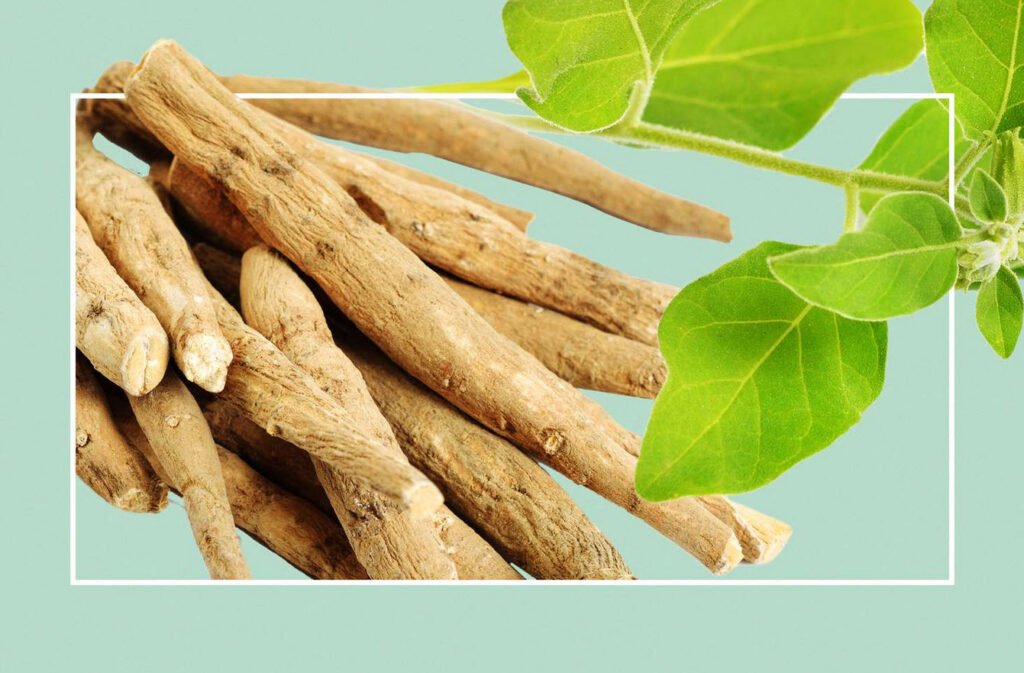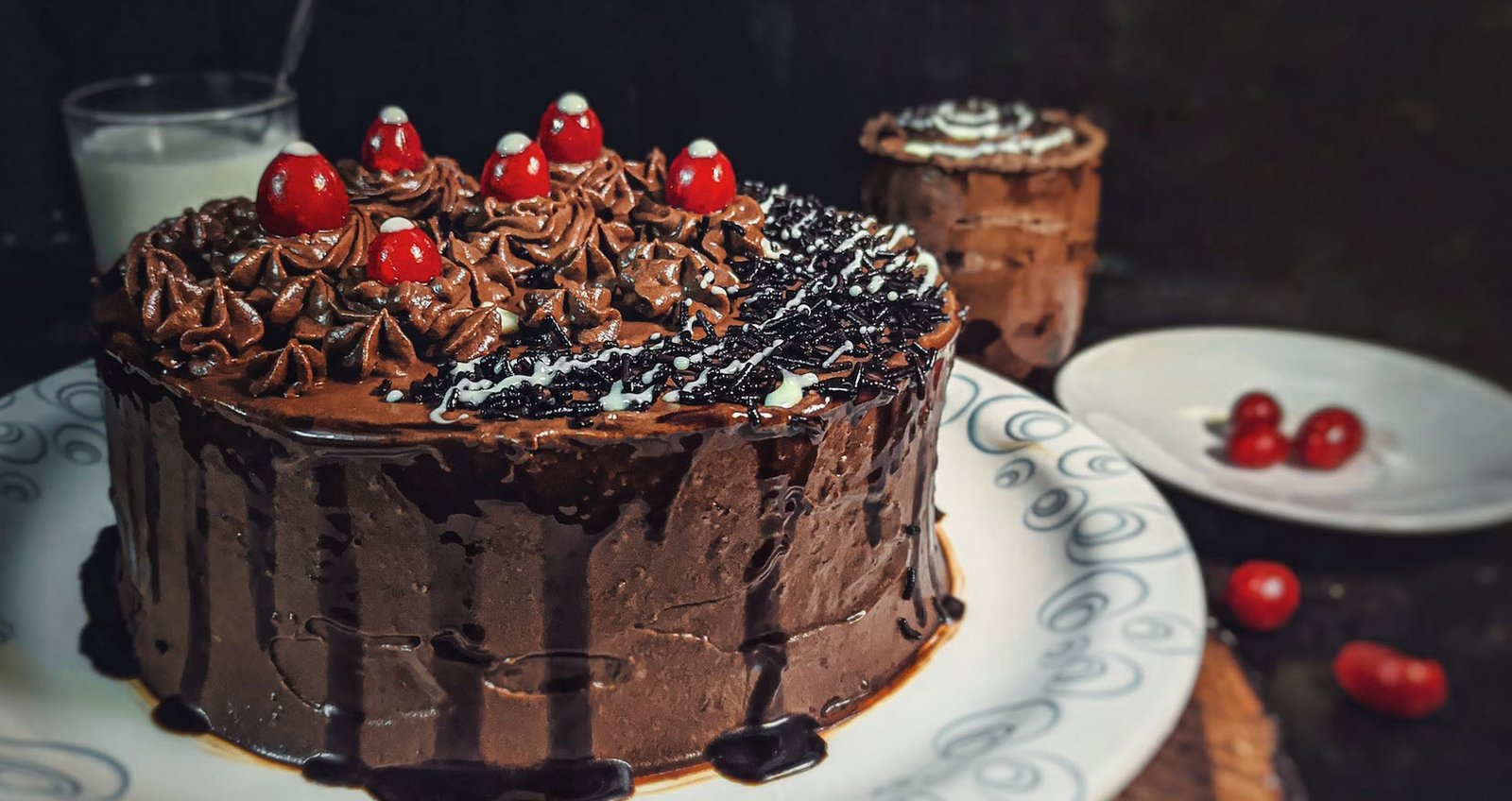
Ashwagandha has long been a revered medicinal plant in India and Africa, and in recent years it has enamored Western herbalists with its ability to both strengthen those who are tired and calm those who are stressed and anxious. The word ashwaganda can be translated to mean “smell of a horse’s urine or sweat.”
Don’t let this description stop you from trying this incredible herb! While it may not smell like roses, there is a common saying for ashwaganda: it gives you the strength of a stallion. This is a safe and powerfully rejuvenating herb that could benefit many people faced with the chronic health problems of modern society.
| Other common names | Winter cherry, Indian ginseng |
| Botanical name | Withania somnifera |
| Family | Solanaceae |
| Parts used | root (mainly), leaf, berries |
| Energetics | warming, moistening |
| Taste | sweet, bitter |
| Plant properties | adaptogen, anti-inflammatory, antioxidant, anxiolytic, aphrodisiac, immunomodulator, cardio protective |
| Plant uses | fatigue, emaciation, reproductive health, hypothyroid, insomnia, longevity, low libido, degenerative disease, anxiety, asthma, arthritis, fibromyalgia, insulin resistance |
| Plant preparations | powder, tincture, decoction |
Ashwagandha is in the same plant family as potatoes and tomatoes, and it grows in a fashion similar to that of tomatoes (including growing conditions and growing structure). The first writings about ashwagandha are in Ayurveda texts from roughly 3,000 to 4,000 years ago. Ayurveda classifies ashwagandha as a rasayana, an herb that deeply rejuvenates and promotes longevity. Rasayana herbs are especially revered for sustaining good health into the elder years.
Medicinal Properties
In Western herbalism we classify ashwagandha as an adaptogen herb. Adaptogens are herbs used to build and nourish a person as a whole. They are commonly used when someone is depleted, fatigued, and just plain worn out.
1. For Improving Sleep and Decreasing Anxiety
Are you tired, anxious, or run-down? Do you struggle to get a good night’s sleep? Ashwagandha strengthens and calms the nervous system. Taken over time, it can restore healthy sleep cycles and relieve anxiety.
While there are numerous causes for anxiety, we commonly see people who have symptoms of anxiety along with an inability to get restful sleep. This creates a vicious cycle that ashwagandha can often reset.
Ashwagandha has been nicknamed the “ginseng of India” for its ability to strengthen vitality. But while Panax ginseng can be over stimulating to people with anxiety, ashwagandha excels at decreasing anxiety and soothing the nervous system.
In a study on anxiety, two groups of people received either a small dose of ashwagandha, a multivitamin, deep breathing exercises, and dietary counseling; or psychotherapy, the same breathing exercises, and a placebo to replace the ashwagandha.
After eight weeks, those taking ashwagandha showed more improvement in their anxiety levels than the placebo group.
2. For Enerygy
Ashwagandha helps with day-to-day fatigue and can also support the energy levels of patients undergoing chemotherapy for breast cancer. In one particular study, patients taking the ashwagandha for cancer-related fatigue had a higher survival rate. The researchers said that this increase wasn’t statistically significant, but called for more studies to validate their findings.
Ashwagandha may also support energy levels due to its ability to improve thyroid function, although more human clinical trials are warranted.
3. For Reproductive Health
Ashwagandha has long been used to support sexual desire and fertility. Science is now validating that use. In one study, 75 men taking ashwagandha were shown to have improved semen quality, which researchers credited to decreased levels of oxidative stress and regulated hormone levels. Another study looked at 180 men taking grams of ashwagandha for three months.
The researchers reported that: “Withania somnifera not only reboots enzymatic activity of metabolic pathways and energy metabolism but also invigorates the harmonic balance of seminal plasma metabolites and reproductive hormones in infertile men.”
Ashwagandha has also been shown to improve the sexual function of healthy women. In one pilot study, 25 women were given a concentrated root extract of ashwagandha and 25 were given a starch-based placebo. After eight weeks, those taking the ashwagandha root showed numerous significant improvements in sexual function including lubrication and orgasm.
4. For Your Brain
Ashwagandha is well known to have memory-enhancement properties. In one double-blind, placebo controlled clinical trial, 20 men who took an extract of dried ashwagandha leaves and roots twice daily showed significant improvements in cognitive ability.
The authors of this study hypothesize that ashwagandha may help in the treatment of disorders that affect cognitive performance. In another double-blind, placebo-controlled, randomized trial, ashwagandha was shown to improve working memory, reaction time, and social function in people diagnosed with bipolar disorder.
5. For Immune System Support
Ashwagandha’s benefits include support for the immune system. In one trial, ashwagandha was shown to increase four different immune system cells, indicating a major change in immune cell activation.
Cancer specialist and herbalist Donald Yance reports:
“I use ashwagandha in adaptogenic formulas for all my patients with cancer during and after chemotherapy, radiation, and surgery. The immune-modulating activities of ashwagandha have been well researched and are significant.”
6. For Support with Degenerative Diseases
Herbalists use ashwagandha for a variety of degenerative, wasting, and chronic diseases, including arthritis, fibromyalgia, and chronic fatigue. Because it builds tissue and supports overall health, it can help people regain their strength.
In The Way of Ayurvedic Herbs, authors Khalsa and Tierra write, “Ayurveda considers it a ‘grounding’ herb—one that nourishes and regulates metabolic processes and stabilizes mood.” Studies have shown that ashwagandha has a beneficial hypoglycemic effect and can regulate cholesterol levels, indicating it could be an important herb to use with people who have insulin resistance and type 2 diabetes.
How To Use Ashwagandha
Ashwagandha is traditionally used as a powder, and this is my preferred way to use it as well. While ashwagandha can be taken alone, Ayurveda often uses it in formulations. There are some complex formulations with ashwagandha, but it is often simply mixed with pungent herbs like pipali (Piper longum) or the classic Ayurvedic herbal blend known as trikatu.
Recommended Amounts
Unlike many of our aromatic herbs, ashwagandha is not considered tasty. Rather than using it to flavor a meal, we more often put it in recipes to hide the flavor. The therapeutic amount of ashwagandha is:
- As powder: 3 to 6 grams per day
- As decoction: 20 to 30 grams per day, added to heated milk
- As tincture: 1:4, 60% alcohol, 2 to 8 mL per day
1. Ashwagandha Ghee
Combining ashwagandha with pungent spices and ghee (clarified butter) is a traditional Ayurvedic practice. You can make your ghee, or buy it at health food stores or online. You can also substitute coconut oil for the ghee. Trikatu powder is an Ayurvedic herbal formula that is a simple combination of three pungent herbs. You can make your own, or simply substitute an equal amount of black pepper.
The spices in this recipe increase the absorption of the ashwagandha, while the ghee is a good source of healthy fats. The sweet taste of honey is commonly added for people who have a cold and dry constitution. I often recommend a spoonful a day for people who have anxiety or insomnia.
Yield: ⅓ cup
- 3 tablespoons ghee
- 1 tablespoon honey
- ½ cup ashwagandha powder (25 grams)
- 1 teaspoon trikatu powder (1 gram)
Preparation
- Gently heat the ghee and honey in a small pot over very low heat. Do not overheat. You simply want it to be melted and have a thin consistency.
- Add the ashwagandha and trikatu powders to the honey mixture, and stir well. Pour into a glass jar to let cool.
- This can be stored at room temperature and is best consumed within 1 week.
2. Ashwagandha Date Treats
Powdering herbs and using them in a dried-fruit, nut, or seed butter is a great way to enjoy herbs without having to use capsules. These delicious snacks are a variation of a recipe my friend Emily is fond of making. Emily recommends making these on a full stomach. “Otherwise, you may end up eating half the mix before you form the balls.
Yield: roughly 40 teaspoon-size balls
- 1½ cups pitted and chopped dates (approximately 250 grams)
- 2 tablespoons cocoa powder
- ⅓ cup ashwagandha powder (40 grams)
- ⅔ cup coconut flakes (plus extra for rolling)
- ¼ cup tahini
- 2 teaspoons vanilla extract
- ½ teaspoon organic orange extract
- 1 teaspoon cinnamon powder
- 1 teaspoon ginger powder pinch of salt
Preparation
- Soak pitted dates in 2 cups hot water for 30 minutes.
- Strain dates well. (The water can be reserved for cooking sweet rice or oatmeal; see the recipe for Astragalus and Cardamom Rice.)
- Place the dates and the rest of the ingredients into a food processor. Blend until it forms a consistent paste.
3. Ashwagandha Banana Smoothie
This yummy treat is a great way to share the nourishing and supportive qualities of ashwagandha. If you have a sensitivity to dairy, use any nondairy yogurt of your choice. For the nut or seed butter, peanut, almond, cashew, and sunflower seed butters are all good options.
Yield: 5 cups, 3 to 5 servings
- 2 bananas
- 2 cups almond milk
- 1 cup plain yogurt
- ½ cup nut or seed butter
- ¼ cup coconut oil
- 2 tablespoons ashwagandha powder
- 2 teaspoons cinnamon powder maple syrup or honey, to taste
Preparation
- Place all the ingredients into a blender. Blend until smooth.
- Pour the mixture into glasses. Use a spatula to get all the liquid from the sides of the blender—there are lots of good herbs in there.
- Drink immediately.








